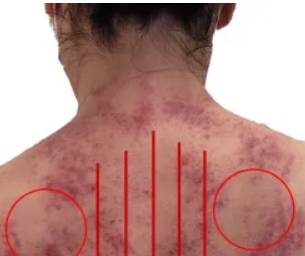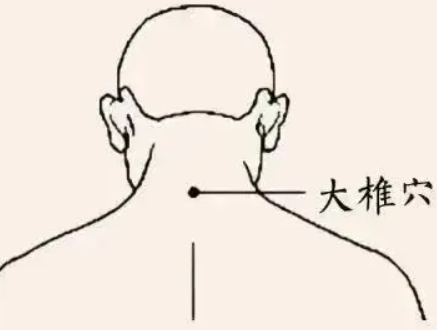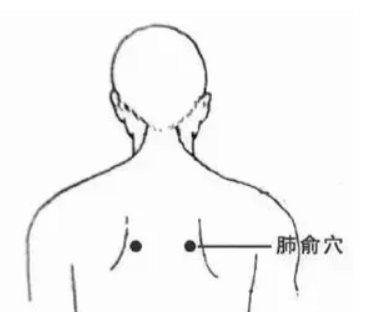What is Gua Sha Therapy?
Gua sha therapy is one of the commonly used external treatment methods in traditional Chinese medicine, under the guidance of the theory of meridians and acupoints, different gua sha appliances (such as copper, horn, jade, etc.) are selected, by dipping a certain medium (such as gua sha oil), and using corresponding techniques to scrape and rub on the body surface, so that the local skin appears red millet or dark red sha image and other “sha” changes, which has the functions of invigorating blood circulation, regulating qi and blood, regulating viscera, and health care, and has been widely used in clinical practice.
Traditional Chinese medicine believes that qi circulates around the human body, and the hub that governs the rise and fall of qi is the “qi machine”, and when the “qi machine” rises and falls abnormally, people will get sick. Through scraping, the human body’s qi is mobilized, the qi is bloody, the meridians are dredged, and the scraped place is qi, qi, and qi, and the evil is drawn out of the surface, so as to improve the symptoms.
Why does gua sha on my back make breathing easier?
The trifocal area of the back of the human body is the three main functional areas inside the human body.
Sanjiao is a concept in traditional Chinese medicine, Shangjiao: including the heart and lungs, which is mainly responsible for breathing and blood circulation, as well as the generation of qi and blood; Zhongjiao: including spleen, stomach, liver, gallbladder, etc., mainly responsible for the digestion and absorption of food and the transformation of qi and blood; Lower coke: including kidneys, bladder, large intestine, small intestine, etc., mainly responsible for excretion of waste and reproductive function.
In addition, the meridians that follow the back have the Du Pulse and the Bladder Meridian, and the Yang Qi of the master of the Du Pulse is the sea of the Yang Meridians, which has the effect of commanding the Yang Meridians; There are acupuncture points corresponding to the five internal organs of the human body on the bladder meridian, which has the effect of warming yang qi, strengthening the spleen and stomach, and smoothing qi and blood.
By scraping the skin on the back, the body’s qi is mobilized, the evil is drawn out of the surface, the qi and blood circulation are promoted, and the yang qi is corrected, so as to improve the symptoms of cough, phlegm, and poor breathing.

How should back gua sha be performed?
Choose a suitable, blunt edge gua sha board, evenly apply an appropriate amount of gua sha oil on the gua sha site to reduce skin friction, the angle between the gua sha board and the skin is controlled at about 45 degrees, the gua sha strength is moderate, to the extent that the patient tolerates, the gua sha direction is from top to bottom, from the inside to the outside, and the gua sha time for each part should not be too long, until red or purple-red sha spots appear on the surface of the skin or the skin pores of the gua sha site can be opened.
For example, in the upper back area, scrape the midline of the spine (Du Pulse), then the bladder meridians on both sides, and finally the scapular area on both sides.
Key acupuncture points: Fengchi, Dazhu, Dazhu, Fengmen, and Lung Yu acupoints.
Bladder meridian: The bladder meridian is divided into the inner and outer bladder meridians, the inner bladder meridian is 1.5 inches next to both sides of the spine, and the external bladder meridian is 3 inches next to both sides of the spine.
Fengchi Point: Located in the posterior area, under the occipital bone, in the depression between the upper end of the sternocleidomastoid muscle and the upper end of the trapezius muscle. It has the effect of dispelling wind and clearing heat, awakening the brain and calming the nerves.

Large vertebral point: under the spinous process of the seventh cervical vertebra, in the depression. The main temperature is the effect of passing through the sun, relieving surface sweating, clearing heat and opening the body, and calming the nerves. Dazhu acupoint: under the spinous process of the 1st thoracic vertebra, 1.5 inches apart. It mainly promotes the effect of clearing heat in the lungs, clearing wind and channels, and strengthening muscles and bones.

Fengmen acupoint: under the spinous process of the 2nd thoracic vertebra, 1.5 inches later. The main announcement of the lungs to relieve the surface, the effect of invigorating qi and strengthening the surface.

Lung Yu acupoint: under the spinous process of the 3rd thoracic vertebra, 1.5 inches later. The main proclamation of the lungs to relieve the surface, regulate the lungs and replenish the lungs, replenish the deficiency and clear the heat.

Precautions for gua sha
1. Avoid being too hungry and too full during gua sha treatment.
2. Observe closely during the scraping process, avoid dizziness and scraping, and pay attention to keeping warm and avoiding wind and cold.
3. Drink more warm water after scraping, and should not take a bath within 4 hours.
4. The interval between the two gua sha is 5~7 days, and it is generally advisable to retreat in the gua sha area.
5. Patients with severe cardiovascular and cerebrovascular diseases, liver and kidney insufficiency, and edema of the whole body; Gua sha is prohibited in the abdomen and lumbosacral region of pregnant women.
epilogue
Gua sha has strong penetrating power, which can not only dissolve stasis and make breathing smoother, but also can improve the symptoms of disease by ventilating qi to deeper and farther parts. At the same time, by scraping the specific area of the back, the qi is mobilized and the circulation is promoted, so as to achieve the effect of regulating the viscera and maintaining health.
Although gua sha is simple and effective, it needs to be performed with caution and professional guidance must be followed to ensure safety and efficacy. May we be able to use gua sha to recuperate our bodies and minds and strengthen our bodies in winter.
